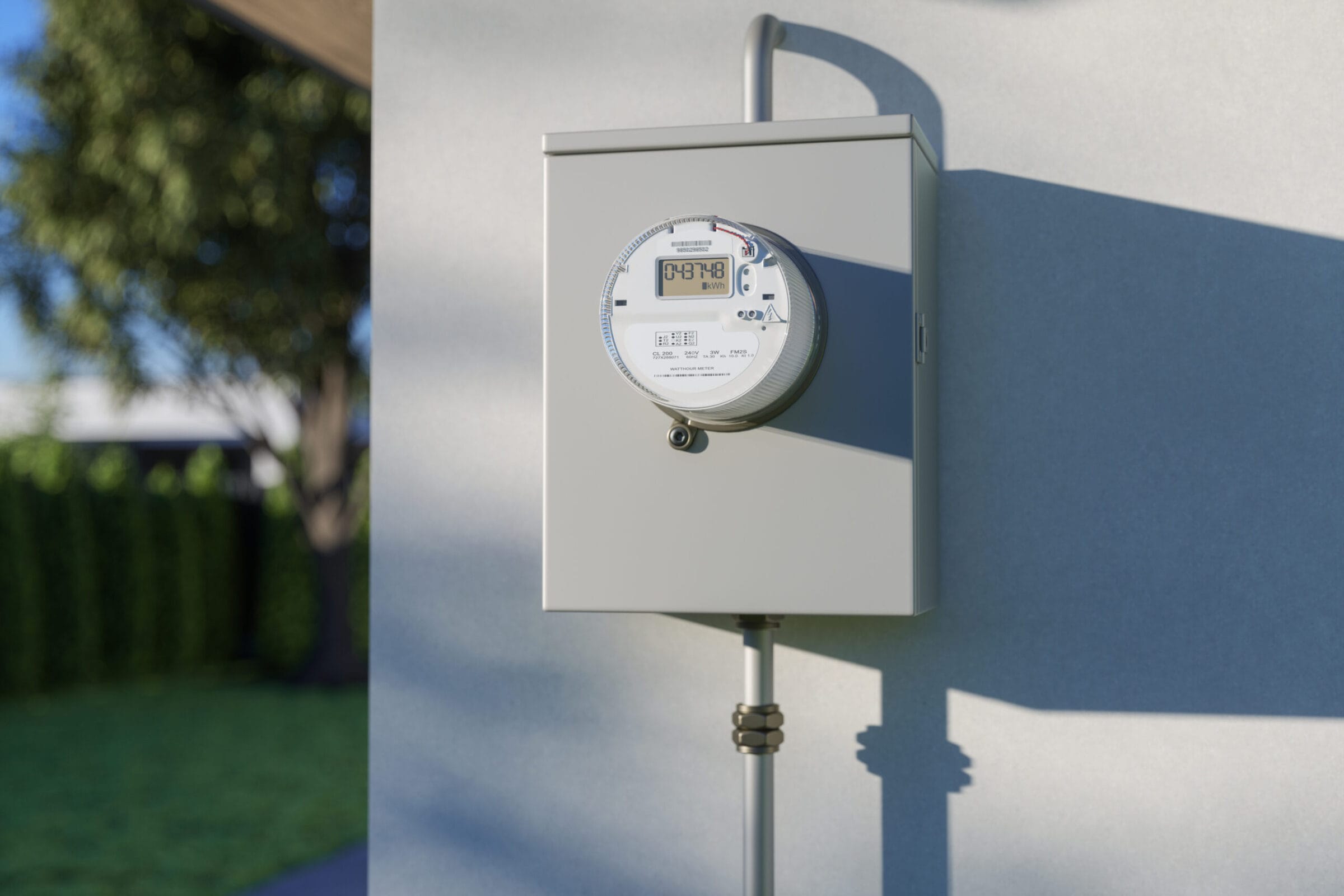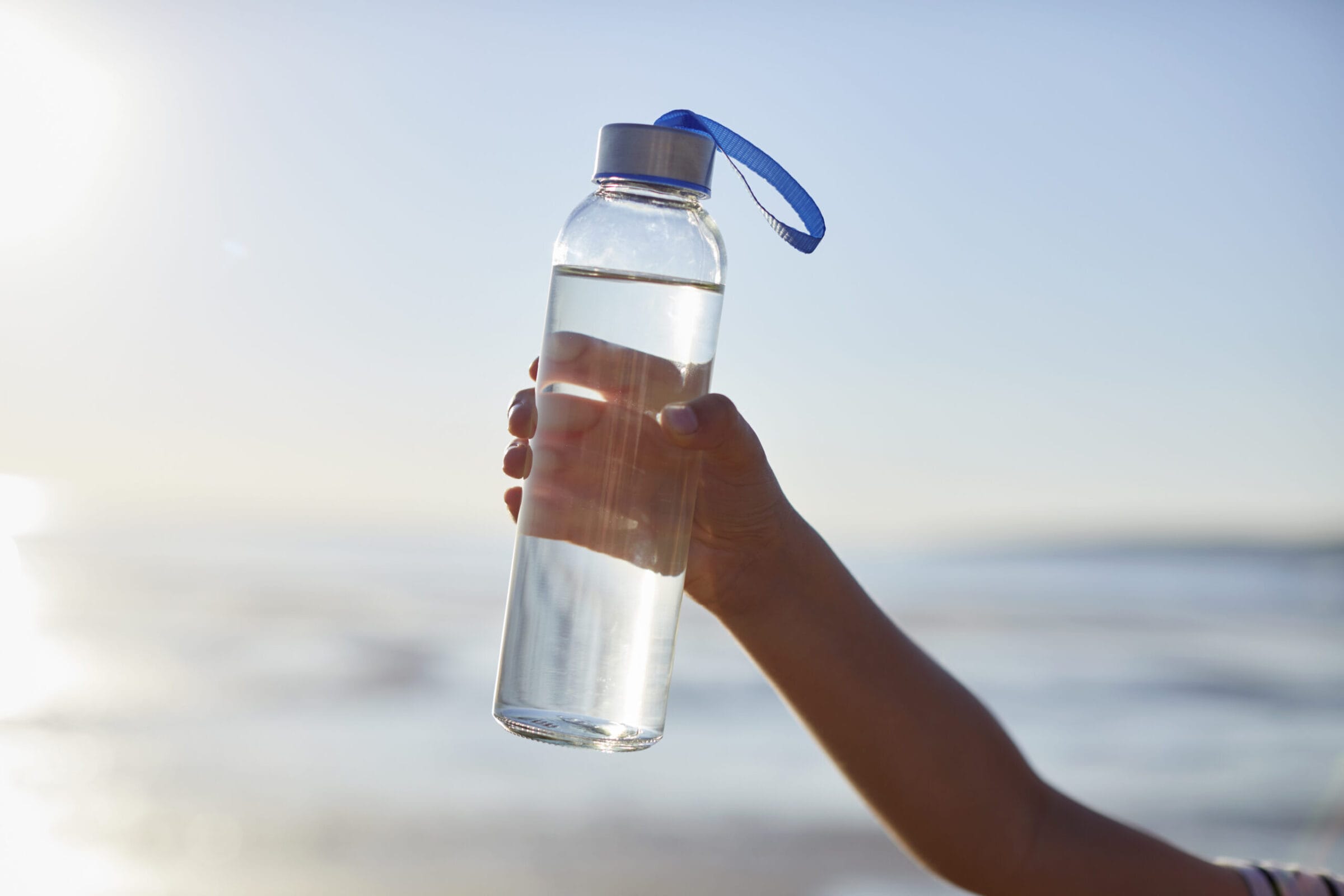The AWG Revolution: Origen’s Breakthrough Tech Makes Off-Grid Water Practical
Rethinking the Air-to-Water Equation
Atmospheric water generators pull moisture straight from the air, condensing it, and then purifying the liquid for drinking or process use. In water-stressed regions or off-grid sites, they can be a lifeline—but until recently, they didn’t make economic sense except under very specific conditions. Below, we look at where “first-wave” machines struggled and how the Origen is rewriting the ROI on AWGs

Before: High Energy Consumption (and Even Higher Costs)
Traditional coil-based AWGs draw hefty wattage because they have to chill bulk air below its dew point; the drier the air, the harder the compressor works. That’s why early units routinely gulped .42 kilowatts per liter and pushed up both operating costs and carbon footprint when run on fossil power.
Now: Origen AWGs Make Radical Gains in Energy Efficiency
Origen’s patented M-CoRR™ technology rewrites that equation. By recapturing latent heat for reuse inside a patented coil system, the system produces clean water at only .23 kilowatts per liter —a reduction of about 45% versus the legacy average, and it maintains performance even when dew points drop below 50°F. The result is an atmospheric water generator whose energy signature is small enough to run cost-effectively on grid, solar, or a hybrid of both.

Before: Humidity Level Limited Effectiveness
The efficiency of AWGs was closely tied to ambient humidity. In regions with low humidity, water production decreases, making them less reliable. Some systems struggle to operate effectively below 30% relative humidity and 65°F (18°C) temperatures.Wikipedia
Now: Origen’s Global-Ready Performance
Origen AWGs can function effectively in a wider range of humidity and temperature conditions than competing equipment. Engineered with an advanced multi-coil design, Origen delivers consistently high performance—even in cooler temperatures and lower dew points. Compared to traditional atmospheric water generators, it ensures faster, less frequent defrost cycles, keeping water production efficient and reliable no matter the conditions.

Before: High-Touch Upkeep
Dusty pre-filters, biofilm in the sump, scale on the coil—miss a service interval and you lost efficiency or, worse, potability.
Now: Origen Makes Maintenance Minimal
Origen is equipped with MERV-13 rated air filters that you only need to replace quarterly, or twice a year, plus an auto-flush / UV-C sterilization cycle that runs continuously to prevent bio growth. Dual coated coils translate to extreme corrosion resistance and Origen also makes manual coil rinsing easy with multiple access panels that make cleaning easy even in the dirtiest environments.

Origen Brings Water Security, Without the Drawbacks
Early atmospheric water generators were proof of concept—and proof of how hard it is to pull clean water from thin air. They drew notable amounts of power, stalled in dry weather, and demanded constant tinkering. Fast-forward to 2025: heat-exchanger advancements, all-aluminum microchannel evaporators, and baked-in sanitation have slashed energy use, widened the humidity window, and trimmed maintenance to a handful of filter swaps per year.
For businesses weighing an AWG purchase, the questions have shifted from “Does it work here?” to “Which model meets my production target with the lowest lifetime kilowatt-hour cost?”
By pairing a modern, high-efficiency unit, like an AWG from Origen, with renewable power—and sizing it to local climate data—you can secure a self-contained water supply that’s both reliable and increasingly sustainable.